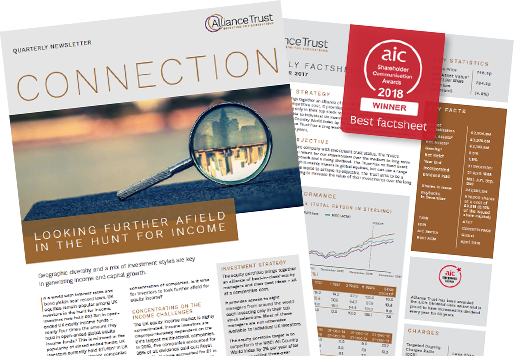Staying active - Kepler Trust Intelligence
UPDATE: 15 JUNE 2022
Today, passively managed funds are the dominant owners of US equities, having surpassed actively managed strategies. There are clear attractions to passive investing, such as low cost, diversification, easy access and availability. Additionally, the investment approach is clearly defined. Passive investing is inherently a ‘core’ style of investing because, by using an index-tracking fund, investors gain near perfect exposure to the benchmark by which all other styles are measured. Index-tracking funds also bring with them the benefit of diversification, because by effectively owning the entire investable universe, stock-specific risk is minimised far more than would be expected with an active strategy.
However, we think there are attractive opportunities within the investment trust sector which offer some of these advantages along with alpha-generating potential, and think that these trusts could provide the core of an investment portfolio without some of the drawbacks of passives. In fact, we believe the current market may no longer be as suitable for passive ownership as it has been in the past. By investing in market-cap-weighted index funds – by far the most common form of passive investing – investors are inherently exposed to the momentum style in large caps. As their largest underlying exposures will be in the largest constituents of their respective invested indices, passive investors do best when the largest companies outperform. Given the tailwinds behind large-cap growth stocks over recent years, with US mega-cap technology the dominant exposure for US and global passive indices, index investors have often benefitted from having their largest exposure to these stocks. However, post-pandemic there has been greater regulatory scrutiny of large-cap tech, while the interest rate environment no longer favours those companies and instead favours stocks and sectors which have shrunk to a small portion of indices in recent years, such as energy.
Read full article






